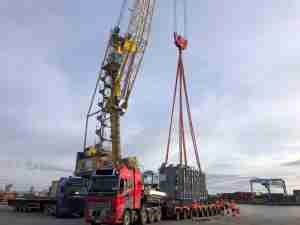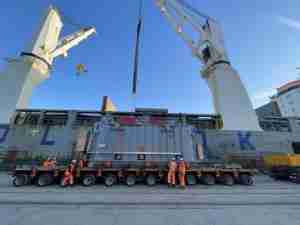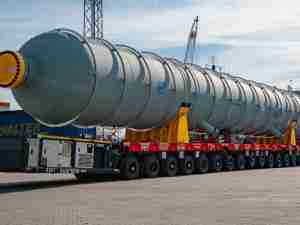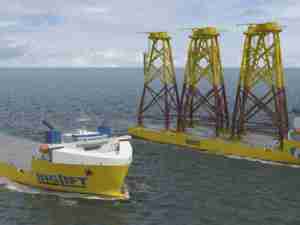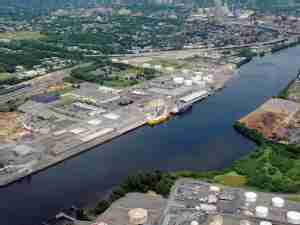Around the world, the construction industry is prioritizing fleet greening with the introduction of management practices to increase the sustainability of heavy vehicles. Non-road vehicles fuelled by diesel are a major cause of pollution, but, by using cleaner alternatives, the carbon footprint of heavy vehicles can be reduced. As well as switching to greener fuel sources, a sustainability plan should include regular scheduled maintenance to improve the longevity and performance of vehicles, while using fewer vehicles and reducing haul distance will also help construction fleets to become more environmentally-friendly.

Improving Vehicle Longevity with Preventative Maintenance
The maintenance of construction equipment is the cause of around 40% of overrun costs on building projects. The early detection of potential problems with equipment saves time and money and can also maximize the lifespan of expensive machinery. By investing in a robust maintenance schedule and carrying out regular vehicle inspections, businesses can ensure their equipment runs efficiently and therefore avoid any unnecessary and wasteful downtime. Among the most important components to check for wear and tear are tracks or tires as these are vital to the running of any machine. Taking good care of large off road tires and excavator tracks will protect them from damage, improve their performance and extend their useful life. On a large site using multiple vehicles, equipment maintenance software can help operators to log inspections electronically. This means all site workers can check their records and deal promptly with any necessary repairs or replacements.
Creating Cleaner Non-Road Vehicles
The Department of Energy (DOE) recently announced funding of $96 million to lower the emissions created by non-road vehicles in the transportation, agriculture and construction sectors. The money will be used largely to increase the use of cleaner non-road vehicles and access to electric charging points. The DOE will also allocate funding to research on more environmentally-friendly engine technology and developing alternative fuels such as electric and natural gas. Non-road vehicles including those used in construction are a major cause of pollution and, as well as helping businesses to become more sustainable, lower emissions will help the US to achieve its aim for a net-zero economy by 2050.
Installing Technology to Reduce Fuel Consumption
Running heavy equipment and vehicles is expensive and, in some cases, fuel accounts for half the operating costs of a construction vehicle. As well as using more electric heavy vehicles, equipment run on diesel can be fitted with a range of interfaces that help to reduce consumption and make them more energy-efficient. Onboard systems can help operators to carry out tasks quickly and efficiently, saving on fuel, while telematics that track how and when a vehicle is used can ensure that any issues with fuel efficiency are promptly addressed.
Renting Equipment To Limit Carbon Emissions
With more efficient use, the total carbon footprint of a piece of construction equipment can be lowered by between 30% and 50%. One of the best ways to achieve this is through sharing equipment or renting vehicles. When a specialized vehicle such as an excavator or dump truck is rented for a definitive period of time, the rate of utilization is increased, and the number of different pieces of equipment lying idle around a construction site at any one time is minimized. Hiring construction equipment from a local supplier also reduces the fuel costs of transporting heavy equipment from site to site.
Like other sectors with fleets of heavy vehicles, the construction industry is taking steps to reduce its carbon footprint. Off road vehicles are some of the most polluting but, in addition to improving air quality, investing in sustainability programs enable businesses to cut costs, avoid wasteful downtime and make the most of their equipment.
